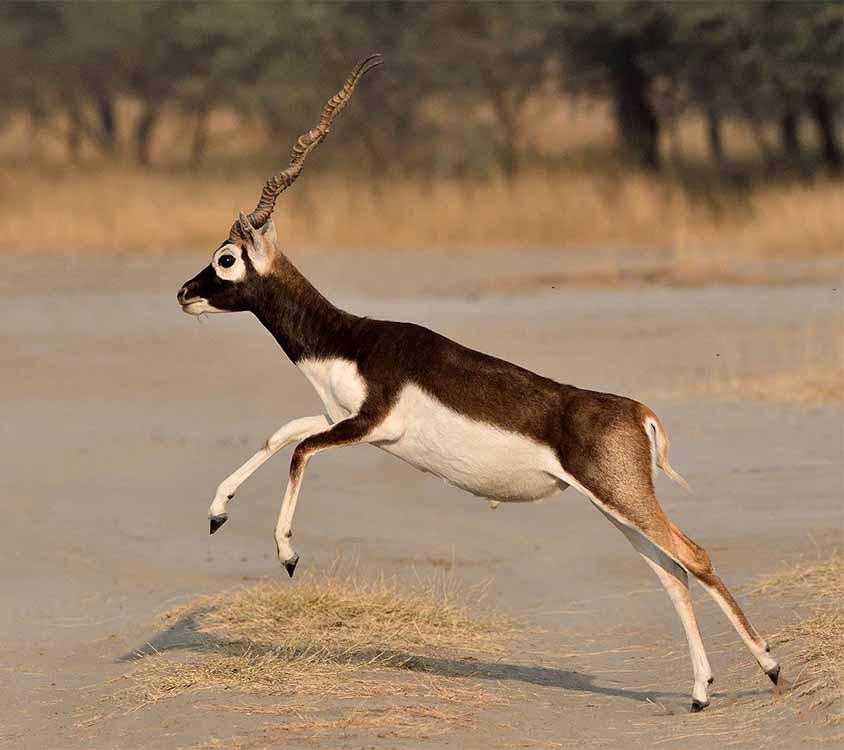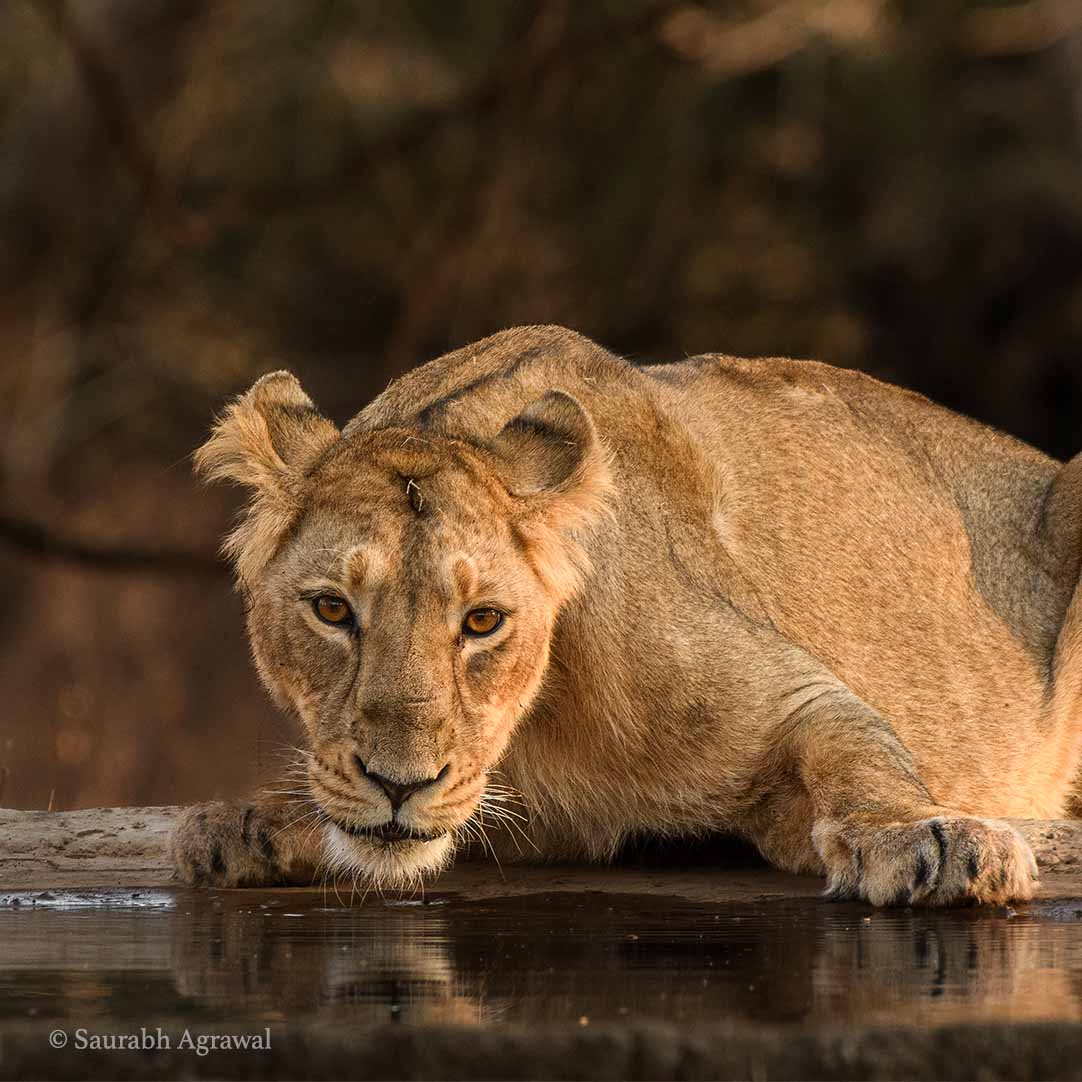Little Rann of Kutch (LRK)
Famous For
Asiatic Wild Ass
Special Attraction
Salt Pans & birds
Peak Time
November – February
Best Time To Go
October – March
The Bandhavgarh National Park is located in the district of Umaria & Sahdol in the central Indian state of Madhya Pradesh. This reserve came into existence in 1968 when the Maharaja of Rewa handed over the area to the government. Cradled between the picturesque Vindhya and Satpura mountain ranges, Bandhavagrh consists an area of 448 square kilometers. It boasts a breathtaking mixture of dense green valleys and rocky hills. Mixed deciduous forests and woodlands are interspersed with flat grasslands and serene waterholes. A network of spring-fed streams provides a water source for the park’s wildlife.
The great salty plains
Tour to LRK & Beyond
Things To Do
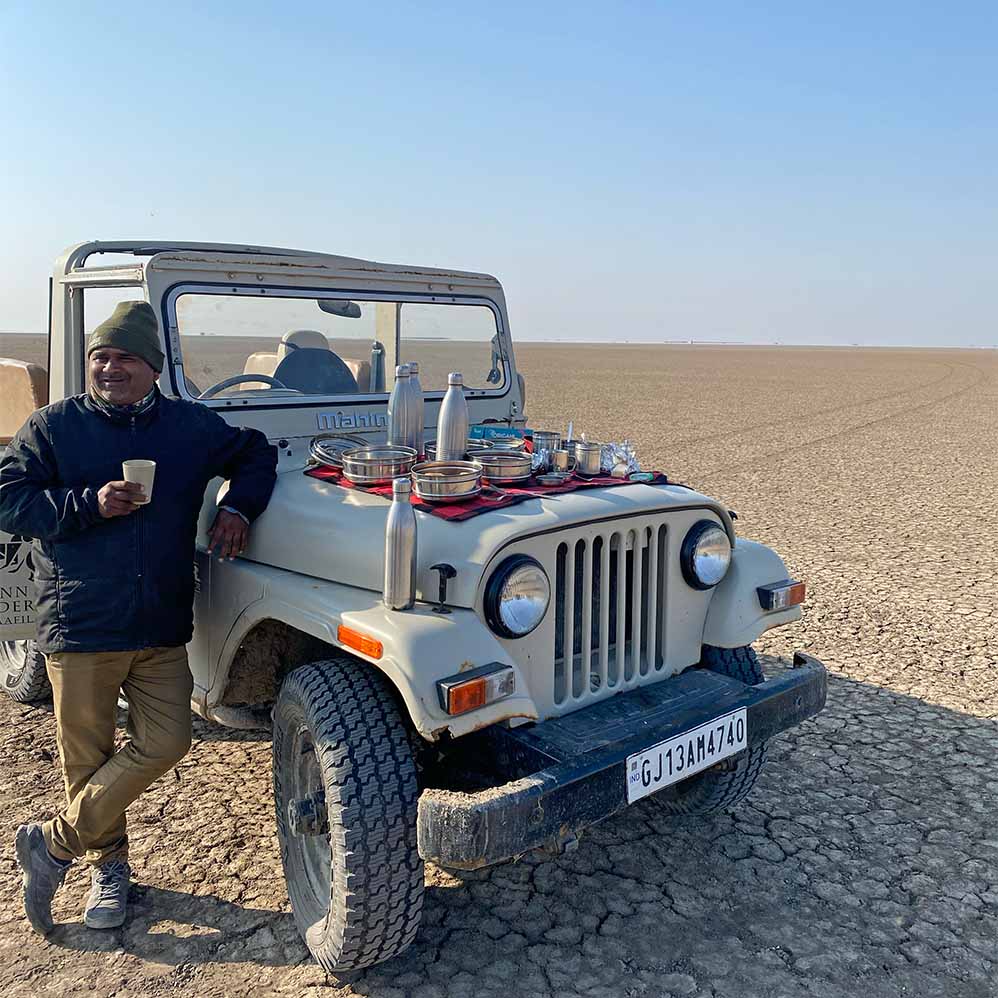
Jeep Safari
Having grown up here, they know the Rann like the back of their hand. The drives across the Rann are a safari experience like no other. From some areas, all one can see is flat land and a flat horizon. But the keen eyes of the trackers, alive to every slight alteration in the landscape, lead you to an imperial eagle or a peregrine falcon sitting on its kill. The islands and small-scale salt harvesting projects act like markers. A safari is essentially navigating between these markers in search of wildlife and stunning landscapes.
Safaris here are an outstanding balance between exploring the salt flats, understanding the biodiversity and the geology and, of course, exquisite vistas. For birders, the winter months are fantastic for getting up close to a variety of species. The onset of summer shifts the focus to the denning foxes and hyenas. During the monsoon, the safaris are focused more on specific large nesting colonies of flamingos.
Walking safari
The walks are curated to highlight the smaller bird life, the agricultural practices of the local community, the simple living styles of the farmers and, of course, looking at the smaller lifeforms like butterflies and dragonflies, who in their way, contribute to this ecosystem. Walking the ‘’Rann ki Kaanti’’ or the edge of the Rann on one of the scrub islands is also a possibility that can be organised by our team.
Night walks around the lodge ground are also organised for those keen on walking under the stars in search of owls, civets, bats, porcupines and small carnivores like foxes and jungle cats.
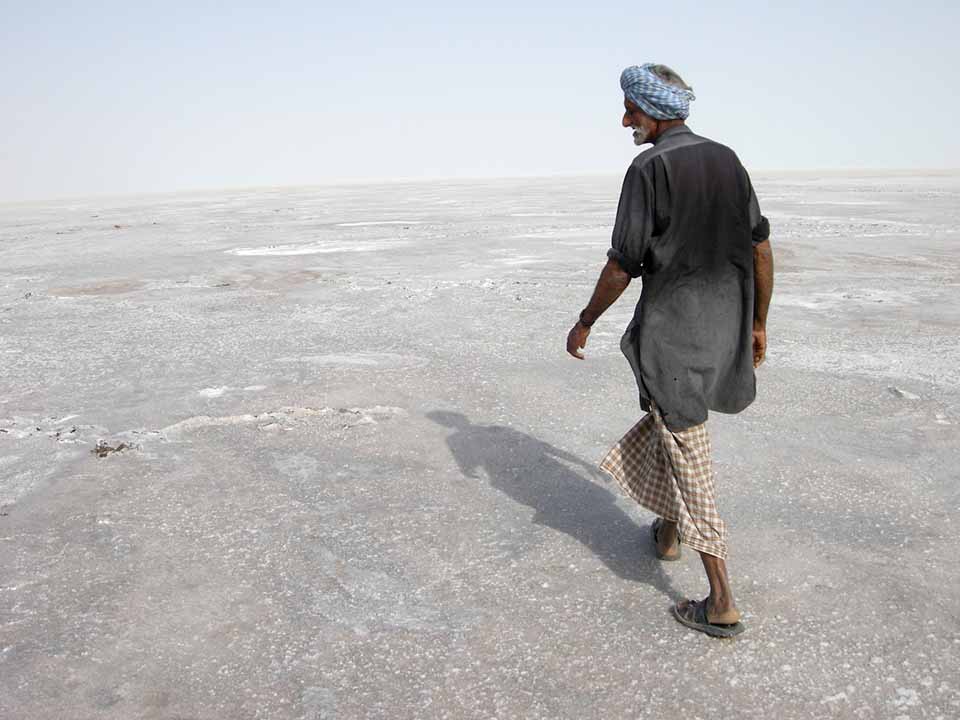
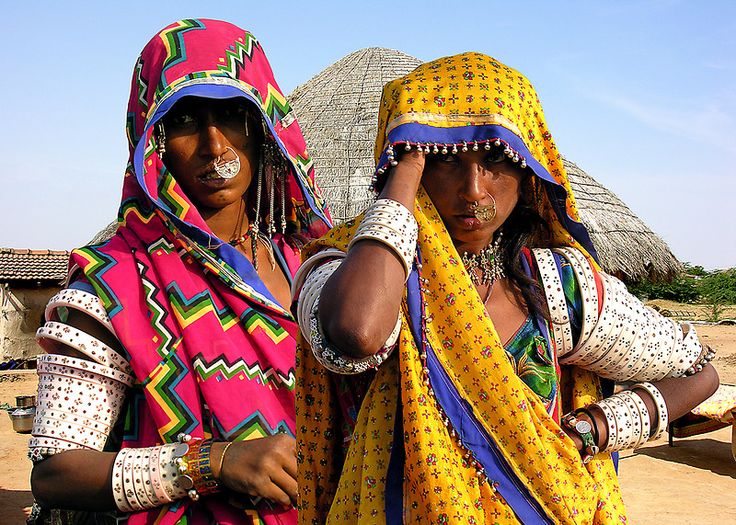
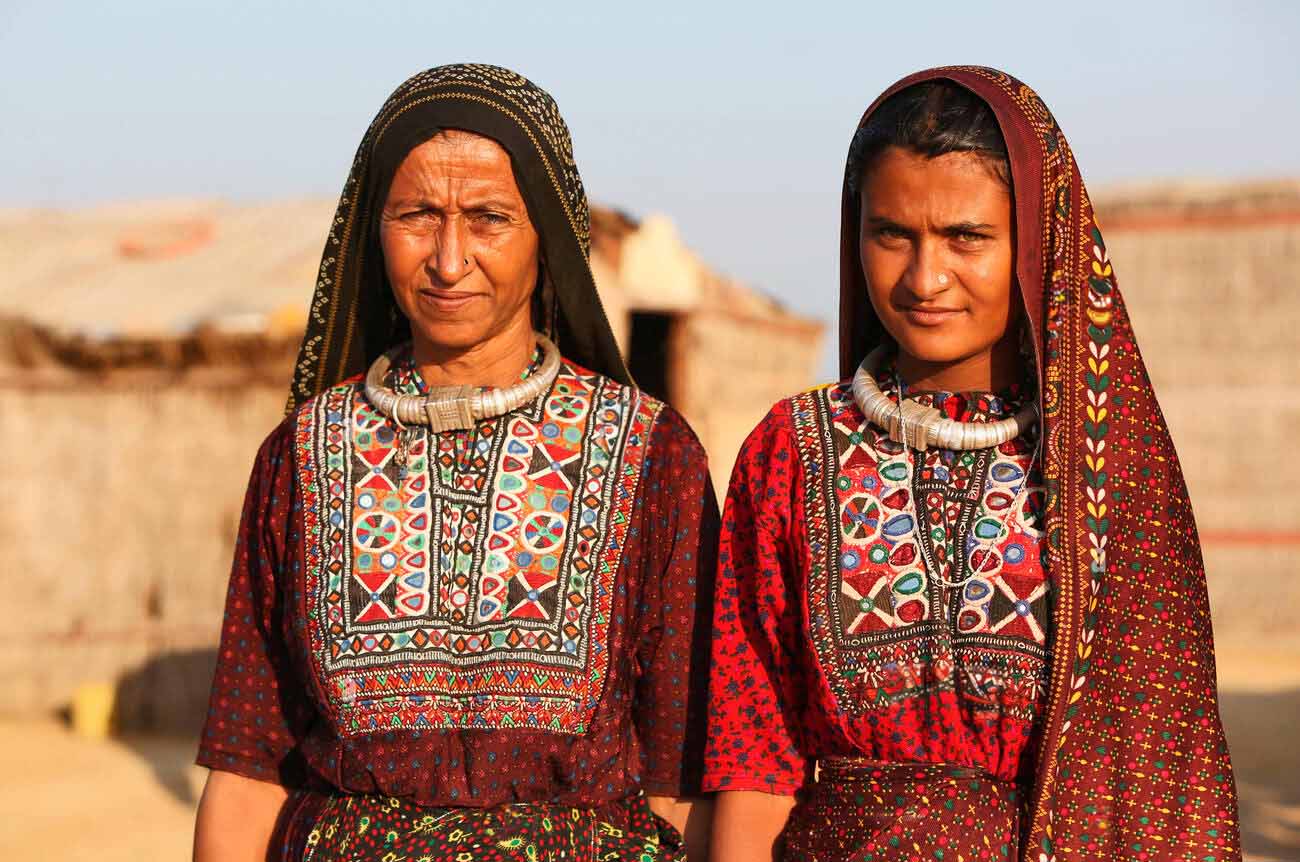
Visiting villages of local communities
Beyond its natural beauty, the Little Rann of Kutch also offers a glimpse into the lives of the local communities. The rustic villages that dot the landscape are home to the resilient Rabari and Koli communities, who have thrived in this challenging environment for generations. Their traditional way of life and rich cultural heritage add depth to the region’s allure.
A community of nomadic Mirs families proudly embrace the Rajasthani dress style while their homes are temporary. Mir women attire themselves in aniyo (a short, backless blouse), kurti (a sleeveless front-closing jacket), ghagharo (a voluminous 20-meter gathered skirt), and chundadi (a flowing 5-meter veil). Their extensive ornaments truly catch the eye, featuring lavish necklaces and tassels crafted from beads, coins, and trinkets. Notably, they adorn themselves with a multitude of white bangles that stretch from wrist to armpit. On the other hand, Mir men don white pachedo (a wrapped lower garment) paired with a kamiz (a shirt).
The Bharvads, with their origins in Mathura (Uttar Pradesh), have a historical connection to nomadic herding. Over time, they have tended to sheep, goats, cows, and buffalo herds. Bharvad women traditionally wear tangalio (a wrapped skirt) and galmendi (veil), skillfully woven from their own sheep’s wool. The khinkhab (brocade) and kapadu (short backless blouse) completes their ensemble. The galmendi, often adorned with bandhani patterns, symbolises suhag, signifying the auspicious married status of a woman. Sometimes, it is also embellished with wool embroidery.
Textiles and embroidery
Little Rann of Kutch is renowned not only for its unique landscape and wildlife but also for its exquisite embroidery work. The Kharapat Rabari community, primarily pastoral in nature, displays their extraordinary embroidery skills by employing intricate herringbone stitches adorned with tiny mirrors and various motifs. In the villages surrounding Dasada, you’ll encounter a diverse range of weaving techniques. Notably, the Tangalio weave stands out as a unique speciality of this region. Weavers here possess a remarkable proficiency in introducing additional knots into the weft, creating intricate motifs and dotted patterns on the fabric they produce. Artisans use this distinctive technique to craft an array of exquisite items, including shawls, stoles, and garments.
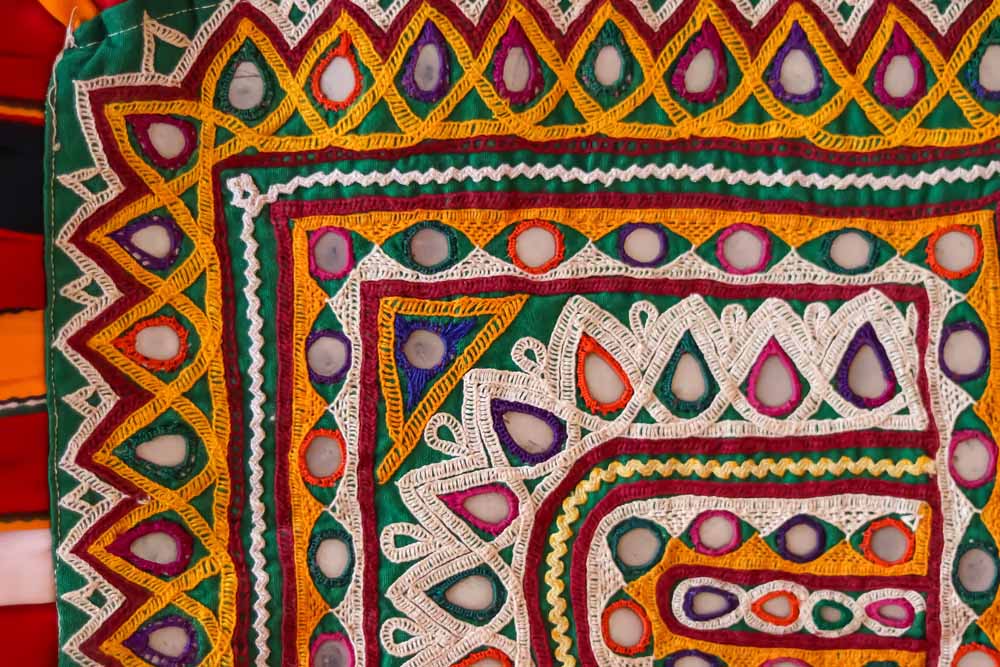
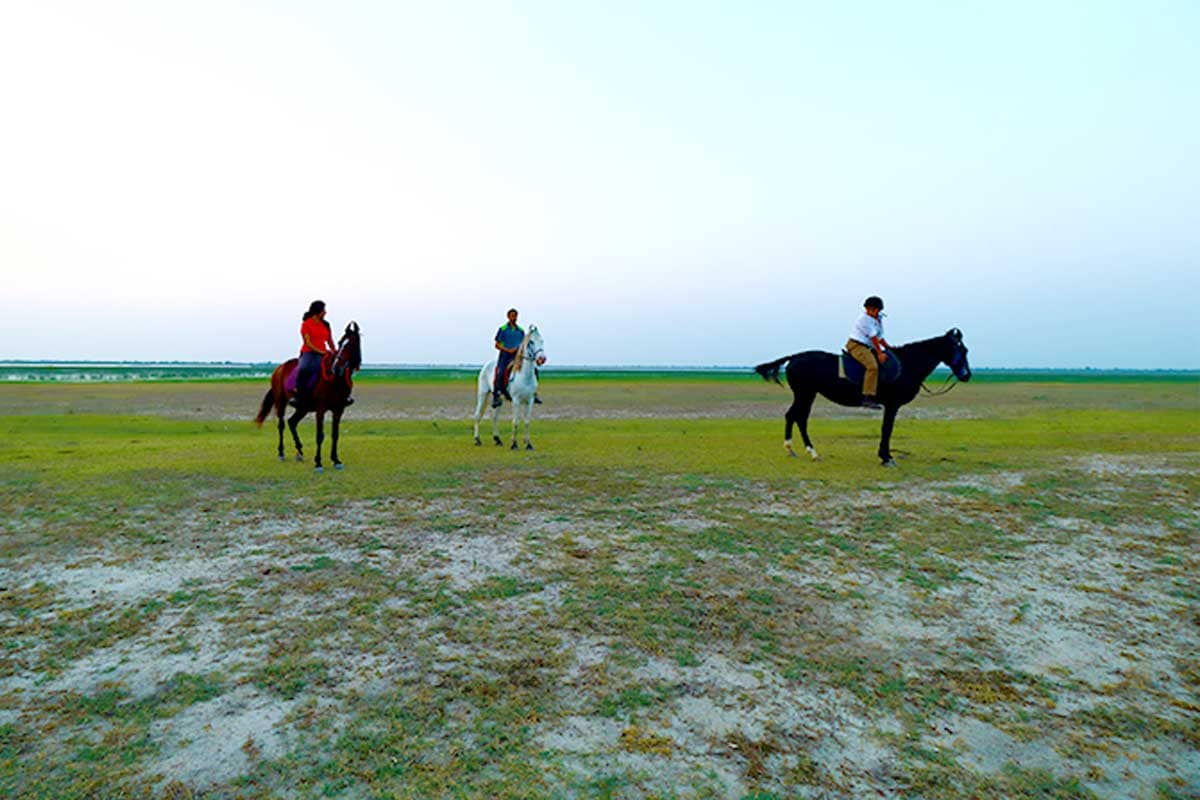
Horseback safaris
The main attraction of non-motor safaris is the joy of riding excellent and well-trained indigenous breeds of horses or cycling through open country, rich in wildlife and cultural attractions. The horse breeds are Kathiawadi and Marwari. The riding routes can be according to your choice – quietly walking and trotting in the countryside, galloping across open desert plains, watching birds and wildlife from horseback in the Little Rann of Kutch, or visiting villages off the main road.
Visiting archaeological sites
Guided day trips or half-day trips to the Modera Sun temple, the historic town of Ahilwada Patan – the 8th-14th century capital of the region. Constructed during the rule of Bhima I of the Chaulukya dynasty, it was built between 1026-27 CE on the banks of the river Pushpavati. The 1000-year-old temple encapsulates ancient India’s harmonious coexistence of intricate sculptures, exquisite artisanship, astronomical science, celestial alignment, and deep-rooted spirituality.
Another day trip to explore the Harrappan site at Dholavira set among the largest island in the Rann, Khadir Bet. The ancient city of Dholavira is the southern centre of the Harappan Civilization. Occupied between ca. 3000-1500 BCE, the archaeological site, one of the best preserved urban settlements from the period in Southeast Asia, comprises a fortified city and a cemetery. A sophisticated water management system demonstrates the ingenuity of the Dholavira people in their struggle to survive and thrive in a harsh environment. Evidence for inter-regional trade with other Harappan cities, as well as with cities in the Mesopotamia region and the Oman peninsula have also been discovered. Dholavira can be coupled with a cross-country safari drive across the Rann, making the drive and the overall experience all the more exciting.

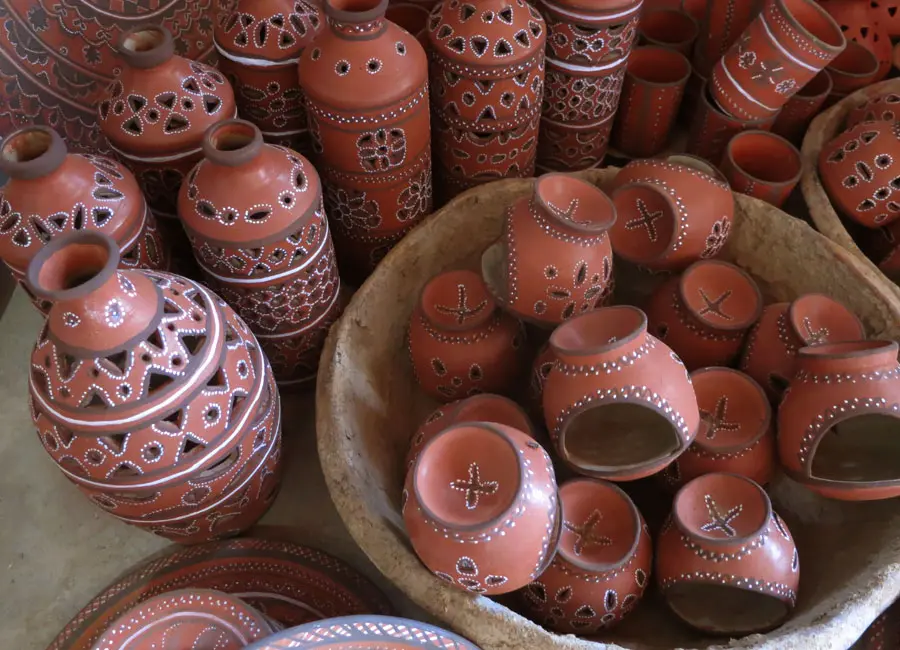
Curated workshops
Yoga, meditation, local weaving arts and crafts led by the Mir women, pottery, culinary arts, and even workshops focussed on wellness and ayurveda are organised on a regular basis at the lodge. These, and many other workshops, can be organised on request if booked in advance.
Best time to visit
The best time to visit the Little Rann of Kutch is from November to February. During these months, the weather is cool and pleasant, making it ideal for exploring the salt marshes, wildlife, and local culture. Additionally, this period coincides with the migratory season for birds, offering excellent birdwatching opportunities. The annual Rann Utsav, a cultural festival held from November to February, also enhances the visitor experience with its vibrant displays of local arts, crafts, music, and dance.
Experience the unique beauty of Little Rann of Kutch during the summer months from April to June. Although the temperatures soar, creating an arid and dramatic landscape, this period offers a distinct charm for the adventurous traveller. Early morning and late afternoon safaris provide the best opportunities to enjoy the wildlife and stunning scenery while avoiding the midday heat. It is also the denning time of foxes and hyenas.
Discover the transformed landscape of Little Rann of Kutch from July to September, when the monsoon rains breathe life into this unique salt marsh. The arid flats turn into a vibrant mosaic of greenery and seasonal wetlands, attracting diverse bird species and creating stunning photographic opportunities. While some areas may be inaccessible due to waterlogging, early morning and late afternoon safaris offer the chance to witness the resilient Asiatic Wild Ass and other wildlife. It is also breeding time of the flamingos.


